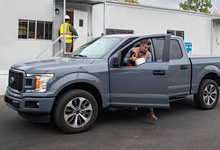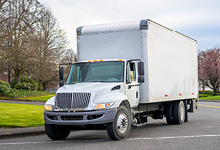Toolbox talk (1 minute) | Driver safety
Rear-end collision prevention
Simplifying your toolbox talks
What you need to know
Recommended minimum following distance (seconds)
Increase your following distance during rain, snow, ice and fog.
Why it matters
Confirm review of this toolbox talks article.



